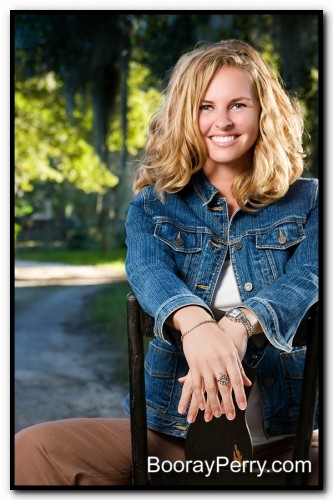Q and A: What kind of lighting should I use for macro nature photography?
Question
I have started macro nature photography using a new Nikon 85 mm f/3.5G VR Macro lens on my Nikon D90 camera. What is best in terms of lighting? Should I use a shoe-mounted flash unit with a downward tilt, or a ring flash, or a bracket with two arms, each holding a separate flash unit? H. H.
Answer
In my experience, on-camera flash is not suitable for extreme close-up photography. The flash may not be able to light the bottom part of the subject in extreme close-focus image making. That’s because it does not allow for an adequate downward tilt and the lens barrel may block some of the light. If you do want to use a conventional flash unit, move it off-camera using a TTL extension cable or Wireless Off Camera Flash (if your camera supports the latter.) For softer lighting add a large diffuser accessory such as the Lumiquest Softbox III. (See this item at B&H ; See this item at Amazon Lumiquest The Softbox III – Lumiquest LQ-119)
The latest macro ring lights – such as the Metz 15 MS-1 that I recently tested – are very versatile and easy to use. They typically consist of a circular mechanism that’s mounted on the front of a macro lens with an adapter ring. The “ring” – with two individual flash tubes – can be rotated so you can place the two light sources at the desired position. The Metz kit (and some others) also includes a diffuser accessory that’s useful in extremely close focus work. (See the Metz unit at B&H; see this item at Amazon Metz MZ 15110 Digital Macro Slave (Black)) (more…)
